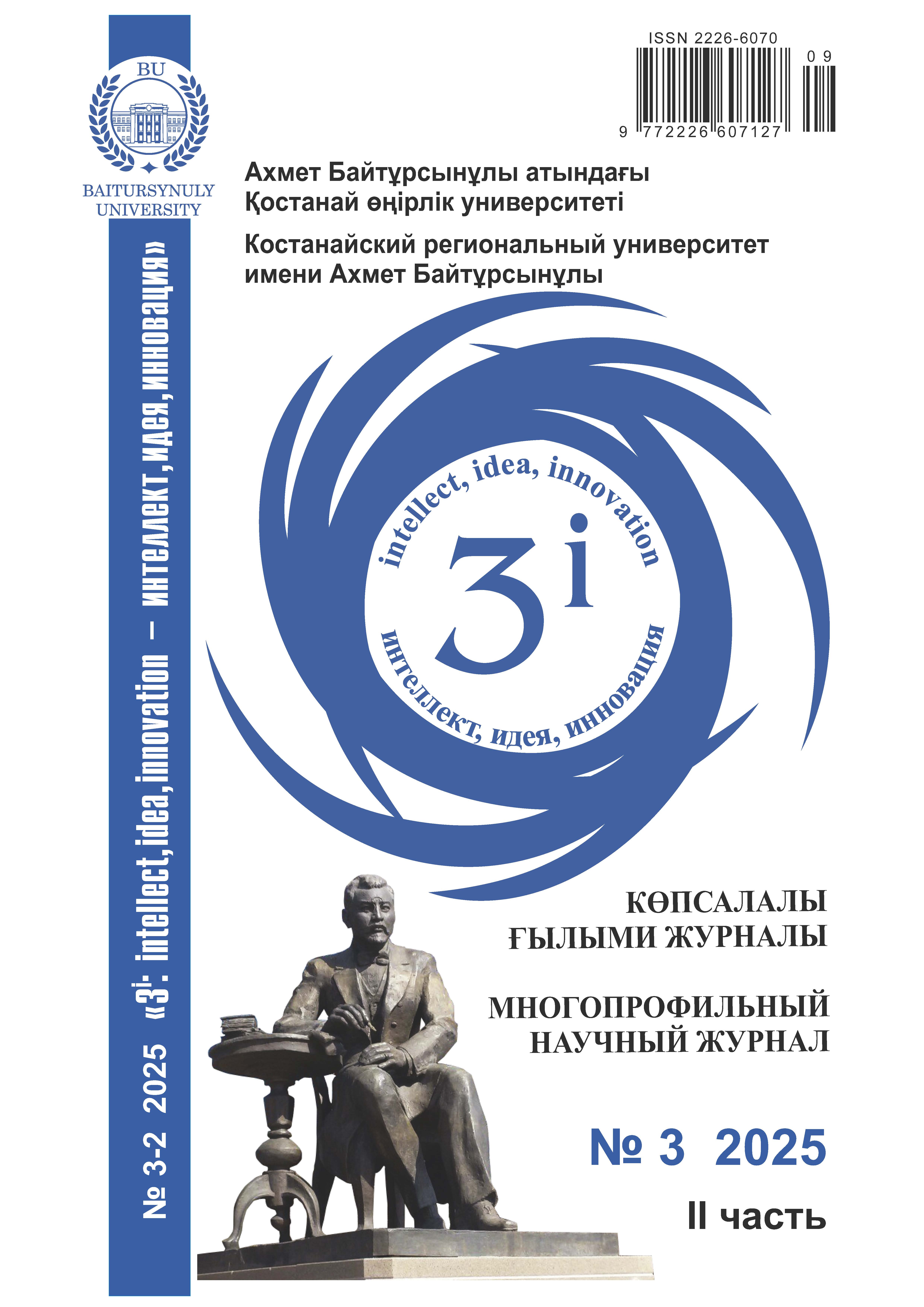МЕТОДОЛОГИЧЕСКАЯ ЗНАЧИМОСТЬ ИСПОЛЬЗОВАНИЯ ПРЕДМЕТНО-ЯЗЫКОВОГО ИНТЕГРИРОВАННОГО ПОДХОДА (CLIL) В ОБУЧЕНИИ ГЕОГРАФИИ
DOI:
https://doi.org/10.52269/KGTD253227Ключевые слова:
предметно-языковой интегрированный подход (CLIL), языковое общение, педагогическое образование, подход, предметно-профессиональное образование, учебные материалы, междисциплинарное обучениеАннотация
В статье рассматривается значение предметно-языкового интегрированного подхода (Content and Language Integrated Learning – CLIL) в системе высшего педагогического образования Республики Казахстан как средство повышения качества профессиональной подготовки будущих учителей в условиях многоязычного образовательного пространства. В качестве теоретической основы использован анализ научной литературы, нормативных документов, образовательных программ и учебно-методических материалов. Эмпирическое исследование проведено среди преподавателей и студентов кафедры географии и экологии факультета естествознания и географии Казахского национального педагогического университета имени Абая. Целью опроса стало выявление уровня осведомлённости, готовности и мотивации к применению CLIL-подхода в образовательном процессе. Полученные данные свидетельствуют о наличии устойчивого интереса к данной методике, а также выявляют ряд трудностей, связанных с языковой, методической и ресурсной обеспеченностью. Отдельное внимание уделено восприятию CLIL как инструмента повышения академической мобильности и конкурентоспособности выпускников. На основе анализа результатов разработаны рекомендации по поэтапному внедрению CLIL в учебный процесс вузов, в том числе через повышение квалификации преподавательского состава и адаптацию учебных курсов. Материалы статьи могут быть полезны для преподавателей, методистов, разработчиков образовательных программ и специалистов в области билингвального и полилингвального образования.




